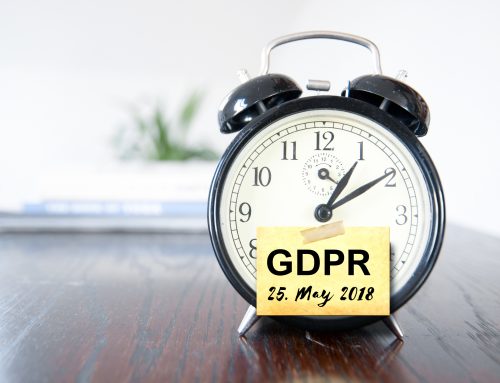The June 2010 Budget increased the lifetime allowance for entrepreneurs’ relief from £2 million to £5 million. We have produced a checklist or your business clients that highlights the increased limit and sets out the other main features of the relief.
What is entrepreneurs’ relief?
- Entrepreneurs’ relief is a relief from capital gains tax that is available to individuals and trustees.
- It can be claimed for gains from the disposal of businesses, shares in personal companies and business assets.
- The effect of the relief is to apply a capital gains tax rate of 10% to the first £5 million of qualifying capital gains (after deduction of any related losses) realised on or after 23 June 2010.
What are qualifying capital gains?
Qualifying capital gains arise from the disposal by an individual of:
Shares or securities of a trading company (or holding company of a trading group)
- For at least one year up to the date of the disposal, the individual must have:
- held at least 5% of the ordinary share capital of the company, allowing them to exercise at least 5% of the voting right; and
- been a director or employee of the company (or a company in the same group).
- Relief may be available even if the company had ceased trading. This is on the basis that the above conditions were satisfied for at least one year, ending with the date on which the company ceased trading, and the trading ceased within three years ending with the date of the disposal.
The whole or part of a business as a going concern
- The individual must have owned the business (whether as a sole trader or in partnership) for at least one year up to the date of the disposal.
- Shares and securities and other assets held by the business for investment purposes or assets not used for the purposes of the business, will not qualify for relief. However, the following disposals will qualify for entrepreneurs’ relief:
- disposals by sole traders when converting to a partnership;
- part disposals by existing partners when a new partner joins a partnership; and
- full disposals by partners.
Assets formerly used in a qualifying business which simply stopped, rather than being sold as a going concern
The assets must be sold within three years after the business has ceased trading. The individual (whether as a sole trader or in partnership), must have owned the business for at least one year, ending with the date on which the business ceased trading.
Personal assets used by a trading company or partnership
- The assets must be owned by someone qualifying for the relief on a disposal of the business or shares (or other securities) in the company.
- The individual must be withdrawing from the business. Withdrawal from the business means reducing their share in the partnership capital and profits or significantly reducing their shareholding in a company.
- The asset must have been used by the partnership or company for its business purposes for at least one year up to the date of the disposal of the business or shares (or other securities).
Lifetime limit
There is a £5 million lifetime cap on the amount of qualifying capital gains that can be realised. The £5 million limit applies to disposals on or after 23 June 2010.
Relief must be claimed
Entrepreneurs’ relief must be claimed. The claim must be made on or before the first anniversary of 31 January after the tax year of disposal. Therefore, if a disposal or deemed disposal is made on 1 May 2010 (that is, in the 2010/11 tax year), relief must be claimed on or before 31 January 2013.
Earn-outs
- An earn-out is an arrangement where at least part of the purchase price on the sale and purchase of a business is calculated by referring to the future performance of the business being purchased. They are commonly used as a management incentive where owner-managed businesses are sold and the managers continue to work in the business following the sale.
- Claiming entrepreneurs’ relief may affect how earn-outs on a share sale should be structured and whether a seller whose earn-out right is due to be satisfied in shares or loan notes should elect to crystallise a tax charge at the time of the share sale (rather than when the earn-out is satisfied).
More information
If you have any queries about the content of this checklist, please contact Rajan Berry or Roger Wilkinson.


